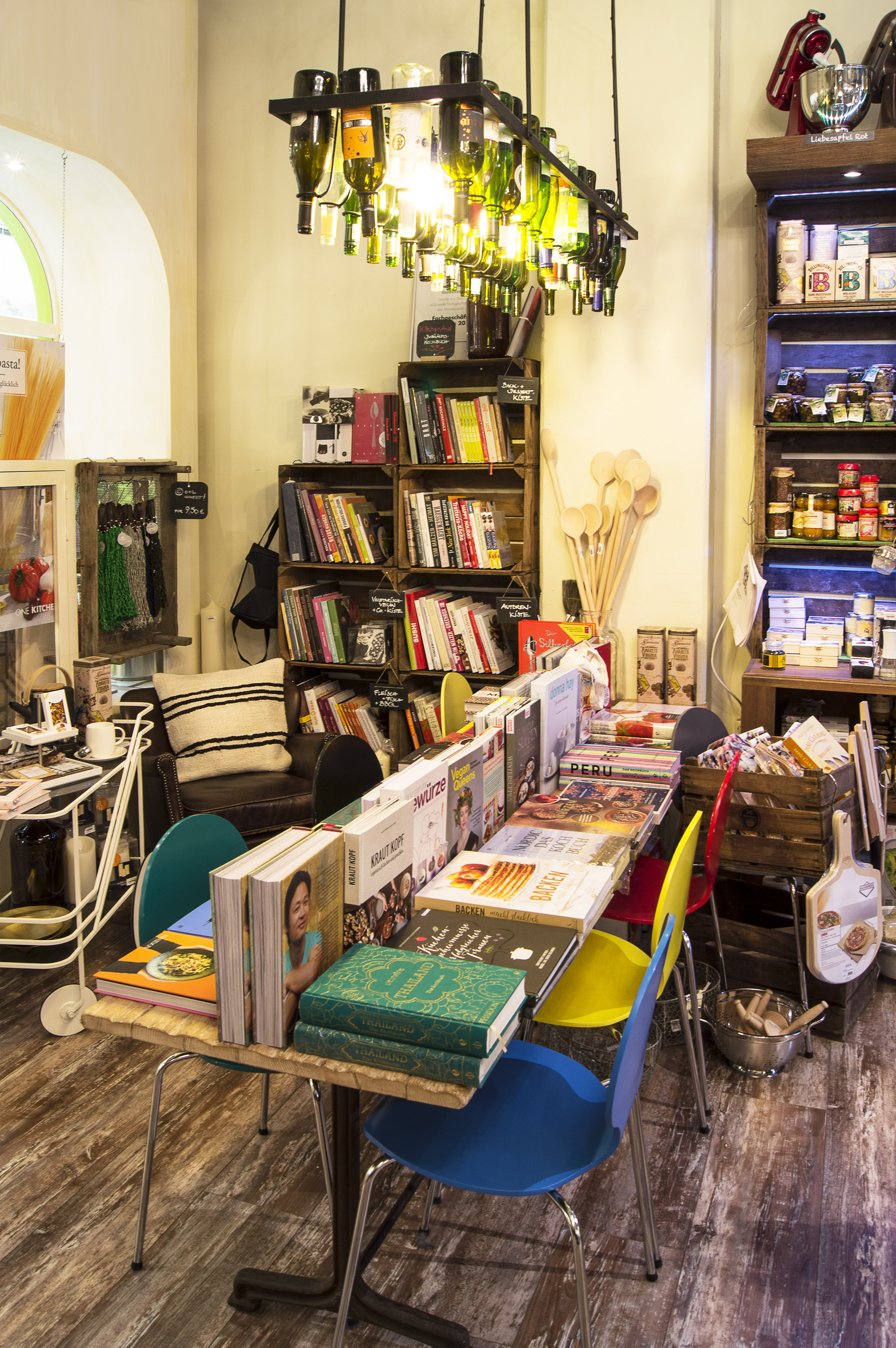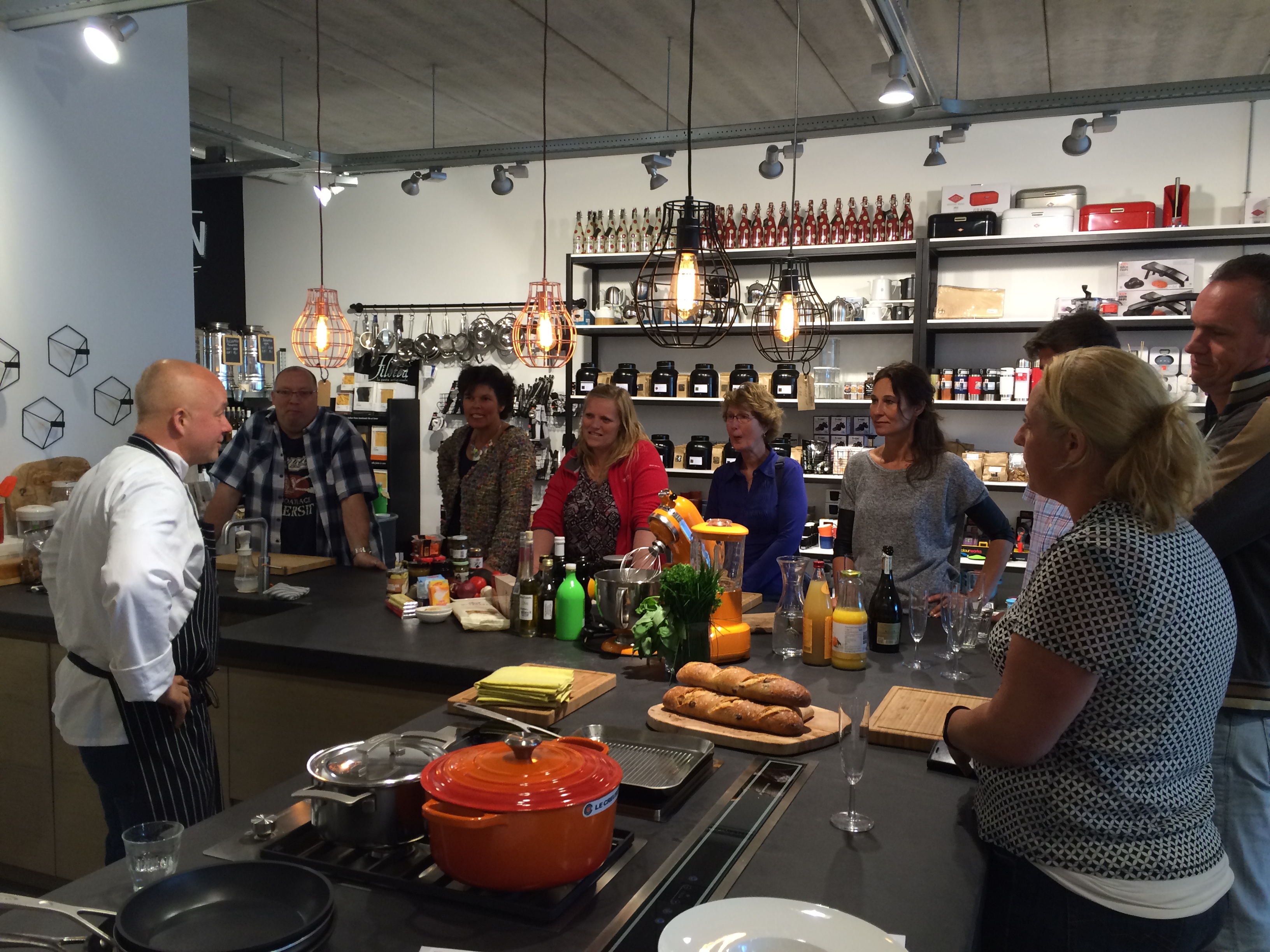Tom Mirabile, the IHA’s lifestyle trend forecaster and the senior vice president, Global Trend and Design, at Lifetime Brands, Inc., was joined at his annual International Home + Housewares Show keynote presentation by Peter Giannetti, editor-in-chief of HomeWorld Business and Gourmet Insider, and Susan Yashinsky, vice president of innovation trends at Sphere Trending.
The consumer marketplace is changing in dramatic ways, so it’s important to get to know today’s “real” consumers.
The five top trends for 2017 as discussed by Tom Mirabile and his panel include:
New Directions in the American Household
Big changes in the way we live brings fresh challenges and opportunities, said Mirabile, pointing out that the average adult in the U.S. will now spend more of their life unmarried than married and more people are renting their homes (as opposed to owning) than they have in the last 50 years. “In a way, this is good,” said Mirabile. “When people don’t own their own home, they tend to spend more on expendables such as housewares.”
 Millennials now account for 31 percent of all household spending, while Generation X represents 25 percent, Baby Boomers 36 percent and Seniors 8 percent. “In the past, Millennials had more of an emotional effect on the economy, but now they’re actually spending more,” said Mirabile. But don’t count Baby Boomers out – they’re not exactly fading into the sunset – and Generation X is in their peak spending years.
Millennials now account for 31 percent of all household spending, while Generation X represents 25 percent, Baby Boomers 36 percent and Seniors 8 percent. “In the past, Millennials had more of an emotional effect on the economy, but now they’re actually spending more,” said Mirabile. But don’t count Baby Boomers out – they’re not exactly fading into the sunset – and Generation X is in their peak spending years.
Multi-generational households, changes in the role of fathers and the importance of friends and social gatherings to Millennials are all contributing to the changes.
“You have to understand we’re living in different life stages now,” said Susan Yashinsky. Younger people are moving in and out of life stages more often and the rules are not defining everyone anymore, she said. Her advice to retailers and manufacturers is to stay lifestyle-relevant and market to how people live…not simply sticking within the product category walls that have always been used.
Reinvention of Value
“Consumers’ perception of value continues to evolve,” Mirabile said. “There’s something wonderful and alarming going on…the value equation has become very intangible.”
He said time plays a critical role, especially when you consider the popularity of Blue Apron’s meal delivery service, which offers ingredients at a cost of roughly 18 percent more than store prices. Also factoring into today’s value equation is loyalty, the intangible offering of what’s “new, now and next,” brand, inspiration, socialization and solutions. You also can’t count out service: “It’s never been more important,” according to Mirabile.
The key here for manufacturers, said Peter Giannetti, is to brand the experience, not the stuff. “Do you want to be a cookware company or do you want to be a cooking company?” he asked. And, it’s important to remember that “even know-it-alls need help,” he said. Millennials may want to do things themselves, but they’ll embrace your assistance if you provide it for them to take on their own terms.
“Retail is the new town hall – it’s where people can connect,” Yashinsky added. “Retailers have to be experiential; your metric needs to be the number of goosebumps per square foot.”
Rapid Growth of the Creative Class
Many consumers today want to design their own lifestyles, their own environments, and they want to explore, said Mirabile. “Consumers say they’re not about having more, but being more.”
 The maker movement has gone mainstream, and makers look for three types of experiences: creation, learning and sharing. It’s important to note that the creative class is more casual and they’ve brought back home entertaining. “Home entertaining has never been more important,” according to Mirabile.
The maker movement has gone mainstream, and makers look for three types of experiences: creation, learning and sharing. It’s important to note that the creative class is more casual and they’ve brought back home entertaining. “Home entertaining has never been more important,” according to Mirabile.
“Trends are coming from the bottom up now,” Yashinsky said. “(Consumers) have rediscovered passion, and we expect stores and manufacturers to share that passion.”
“It’s not about doing demos anymore,” Giannetti said. “It’s about inviting makers to engage with your products, both in-store and online. Let them play.”
Health is the New Wealth
According to Mirabile, the big shift in health and wellness is that it’s not so focused on the “right” way to do things, such as a certain diet or exercise, but it’s more about doing the best you can for yourself right now. “This is about helping people make smart choices,” he said.
“Health or wellness today is not just clinical; it can also be emotional,” Giannetti explained. The concept is also embedded in every part of our lives; retailers and manufacturers should not view it simply as one category.
Consumers Take Control
Consumers today have different expectations, and the demand is rising for innovation, differentiation, experiences, personalization and technology, according to Mirabile. “You’re in the happiness business,” he pointed out. Housewares manufacturers and retailers should pay attention to the intangibles that today’s consumers are looking for, including guidance, new experiences, bragging rights and more.

These days, “consumers are on a long, winding road,” said Giannetti. “We don’t always know where they’re going, but you can guide them and
encourage them along the way.” Their journey is an omnichannel one, he added, but retailers who only focus on online or mobile experiences are missing the boat.
“Omnichannel requires store fixtures,” he said. In other words, you’ve got to reinvent your bricks and mortar stores too.
To truly stand out, Yashinsky said that retailers and manufacturers should look for ways to cross-sell, reinvent their spaces, rediscover their relevance, and excel on service.



